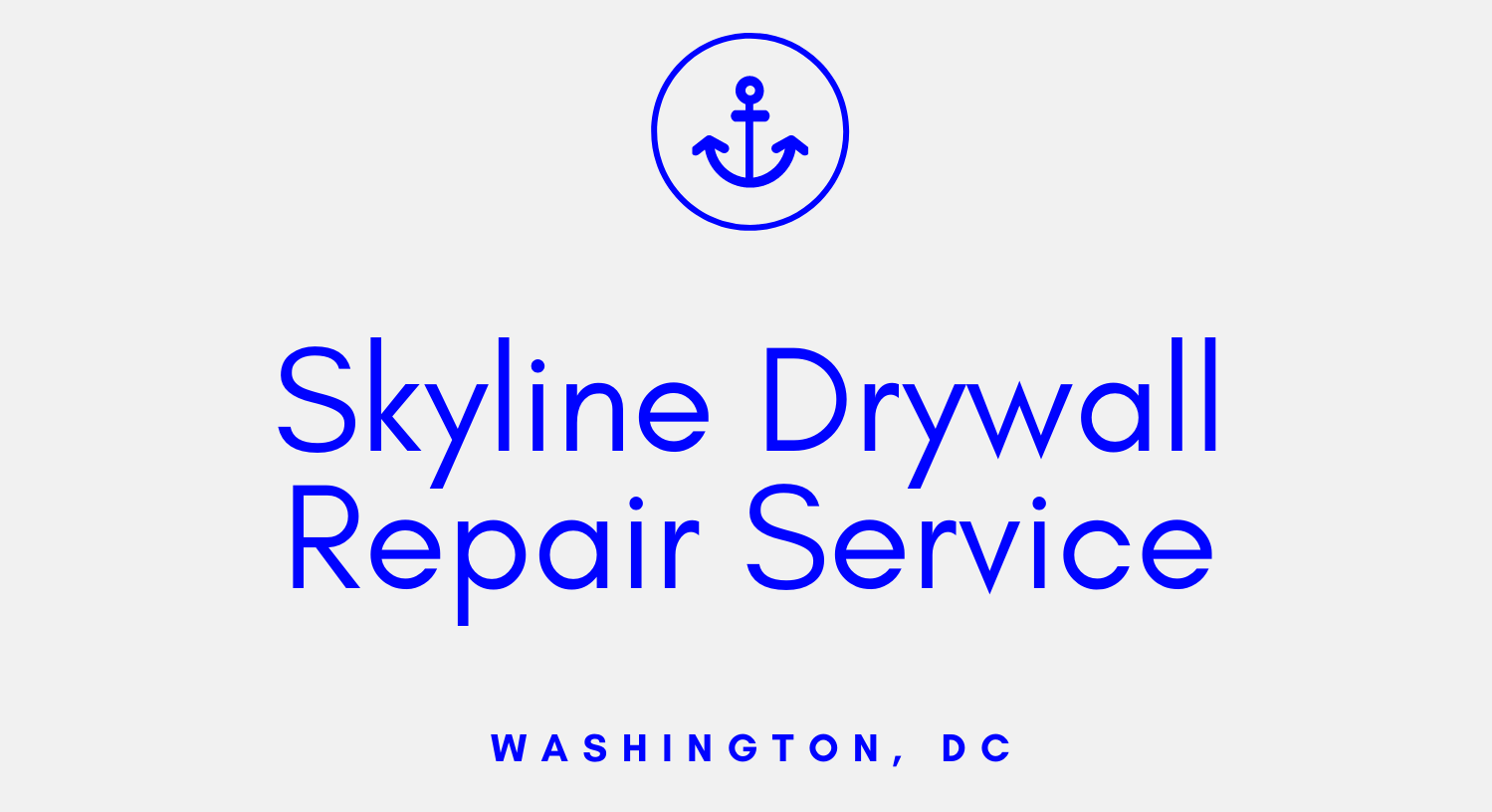Drywall Access Panels
Special Drywall Access Panels listed for the benefit of our readers. this article is an excerpt from the book called “Ultimate Guide DRYWALL” by “John D Wagner”
DRYWALL PANELS FOR SPECIAL USES
Flexible Drywall:
This ¼ – inch –thick material is intended for tighter curved-wall or archway applications and is often applied in two layers. Flexible gypsum drywall has a stronger liner and face paper than regular ¼- inch-thick drywall and resists cracking more effectively.
Abuse- Resistant Drywall:
Compared with standard gypsum panels, abuse-resistant panels have a heavier paper covering and a reinforced core. These panels give greater resistance and a reinforced core. These panels give greater resistance to damage. Available in ½- and 5/8- inch thicknesses, this stock is recommended for playrooms, high-traffic hallways, and garage and basement walls that are likely to sustain damage from bikes or tools. For this type of usage, manufacturers have recently developed a gypsum/wood fiber backing that resists dents and punctures better than paper and increases panel strength. Stock with this backing costs more than ordinary gypsum drywall and usually must be special-ordered.
Moisture-Resistant Drywall:
Also called MR (moisture-resistant) board, WR (water-resistant)board, green board, or blue board, this gypsum drywall (which has a pale green or blue face) resist moisture but is not waterproof. It can withstand the high levels of humidity that often occur in bathrooms, kitchens, and laundry rooms. These panels make a good base for any kind of tile attached with a mastic. Avoid hanging the material over an existing vapor barrier, because this would trap moisture, causing the drywall to degrade over time. Moisture- resistant drywall can be finished and painted or wallpapered like regular drywall panels. It should be installed on studs framed 16 inches on center.
Cement Board:
Also called Cementitious panel, Durock, Hardibacker, Wonder Board, or DensShield, this ½- or 5/8-inch – thick stock comes in 5- or 8- foot lengths and in widths of 32, 36, and 48 inches. Unlike gypsum-based products, this material consists of a Portland cement core sandwiched between layers of a polymer-coated glass fiber mesh. It provides excellent fire and water resistance and makes an ideal backing for tile, especially in high-moisture areas such as bathroom and kitchen walls and floors. It also offers a superior underlayment for use with slate and quarry tile. Each cement- based board has a rough and a smooth side. Install the rough side facing outward when attaching tiles with mortar (such as Quikrete) or with the smooth side out when using adhesive or mastic. Some Cementitious products are UL-listed for use as wall shield and floor protectors in rooms with exposed heaters and wood stoves. Maximum stud spacing for application is 16 inches on center.
Fire-Resistant Drywall:
Available in ½- and 5/8-inch thickness, this material, known as Firecode Core, Fire-Shield, Fireguard, or Fi-Rock, is fire resistant. This means that it meets or exceeds the ASTM C36 rating for Type X fire-resistant gypsum board, which specifies that glass fibers be embedded in its core, enabling it to resist fire for a certain amount of time beyond conventional gypsum drywall. Typically, a ½-inch-thick panel is rated to contain a fire for 45 minutes, a 5/8-inch-thick panel for 60 minutes. Codes often require these panels for party walls (between condos or apartments), for ceilings that adjoin other units, and for rooms that are susceptible to fire, such as furnace rooms, attached garages, and kitchens.
Foil-Backed Board:
Where a vapor barrier is required, foil-backed panels may be useful. His stock is made by laminating aluminum foil (backed by Kraft paper) to the surface of a gypsum drywall panel. The foil face increases the insulation value of the drywall and helps create a vapor barrier if the foil face is placed against the studs on the interior side of exterior walls. As with any vapor barrier, this helps prevent moisture in the living area from entering the stud bays. Avoid using foil-backed panels as a base for tiles or in any area where another wall covering could trap moisture within the core of the panel. Also, avoid using this material in air-conditioned structures that ordinarily withstand frequent high outdoor temperatures and humidity.
